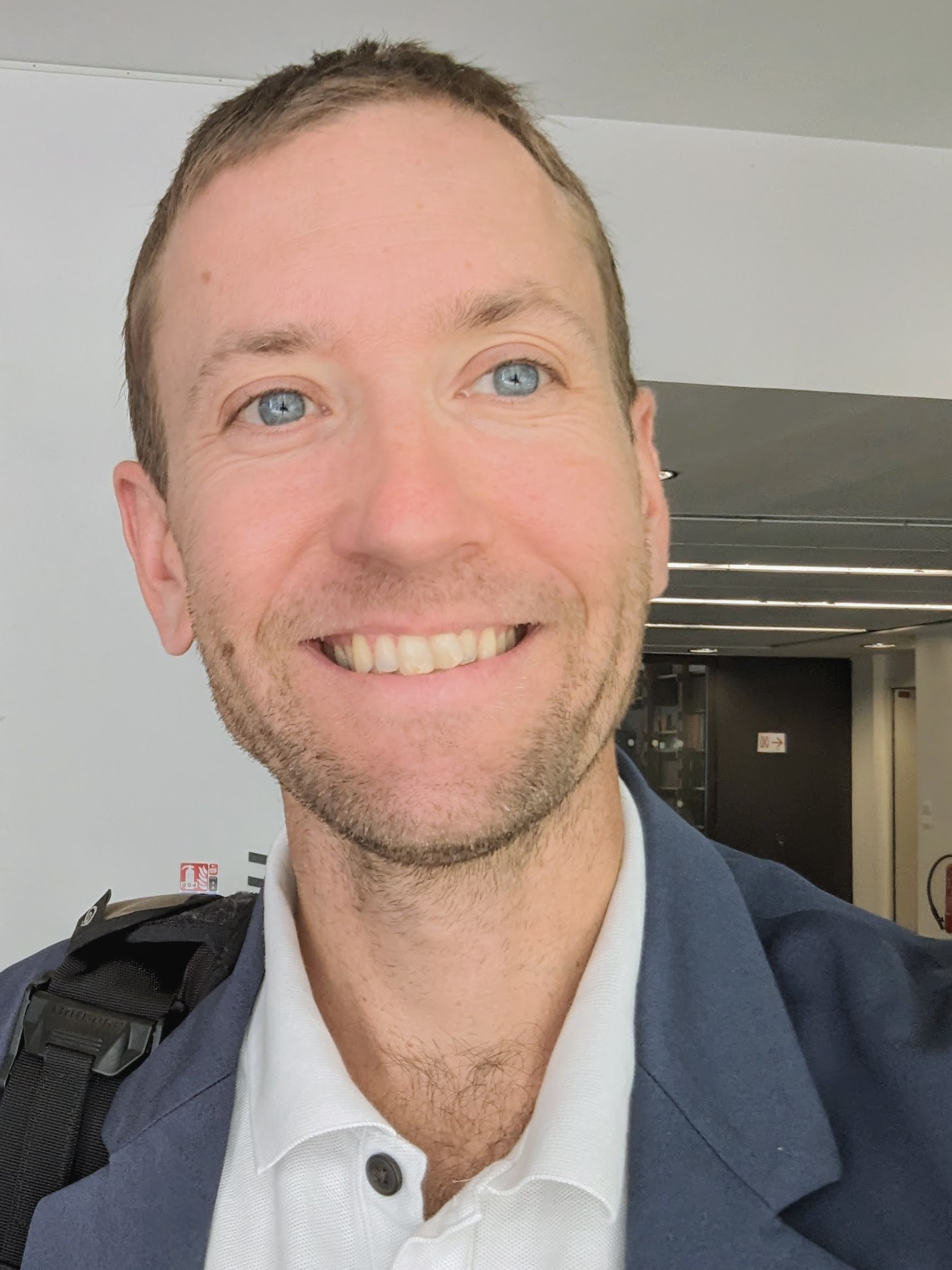I am Brad Lipovsky, a geophysicist who studies both fundamental and hazards-related earth, environmental, and planetary processes. I run the Lipovsky research group in the Department of Earth and Space Sciences at the University of Washington. Learn more about our group vision and our group members.
Although my background is in mechanical modeling of geophysical observations, after realizing that Distributed Acoustic Sensing (DAS) is a game-changing technology with wide ranging applications, I steered my research energy in a new, more observational direction. This history has given me a more balanced perspective on the interplay between observations and modeling and how different approaches advance scientific understanding. Today, most of my research involves the intersection of two or more topics including: faulting and fractures, glaciers, wave physics, and distributed acoustic sensing and other optical fiber geophysical methods. Research topics are listed below in a few broad themes, with publications referenced here.
🌎 Optical fiber geophysics, including Distributed Acoustic Sensing (DAS)
Optical fiber sensing is a major focus of our group. We are interested in Distributed Acoustic Sensing (DAS) as well as other technologies. Our group runs the University of Washington Fiber Lab. We have applied these techniques in several ways:
- DAS measurements of glacier melt (25)
- DAS observations of subglacial conditions (21)
- DAS observations of submarine, acoustics including marine mammal volcalizations (20,22)
- Methods for storing and efficiently accessing large-scale DAS datasets (23,26)
⚡ Ice shelf rifts, crevasses, and hydraulic fracture
Rifts are enormous (100 km+) fractures that cut through the floating ice shelves that surround the Antarctic ice sheet. Since ice shelves act like retaining walls that protect the grounded part of the ice sheet, their stability is of central importance in understanding rates of future sea level rise. We’ve studied numerous aspects of ice shelf rifts, including
- Ice shelf rift propagation, including the role of shear margins (13) and ocean water interactions (24)
- The first-ever study documenting the ice dynamics of the post-calving phase of the calving cycle (28)
- The effect of ocean swell (6,14), tides (18), and other environmental forcing in understanding ice shelf fracture
- The dynamics of hydraulic fractures in ice shelves and other systems (2)
🧊 Glacier Dynamics
- The relationship between glacier sliding and basal icequakes (3,10,16,19)
- Glacier slow slip events (5,15)
- Seismic observations of glacier hydrology (9,25)
📈 Other projects
We’ve published broadly on topics including landslides (7,12,27), tectonic earthquakes (1,26), and volcanic activity (2).
